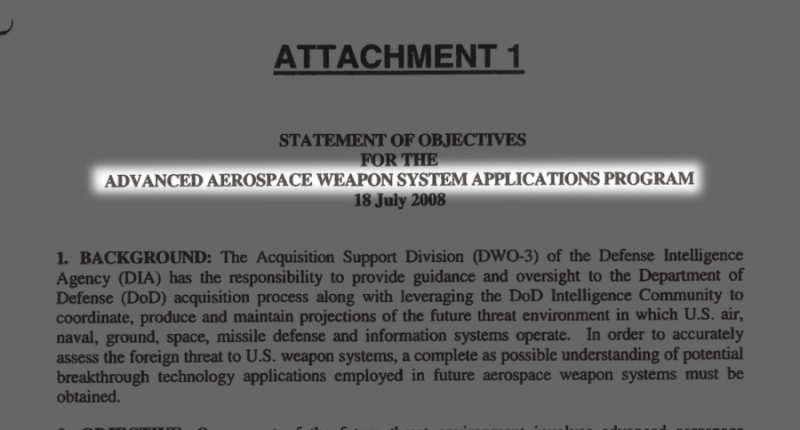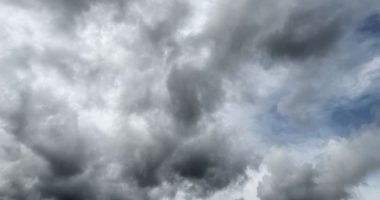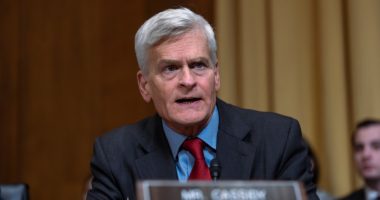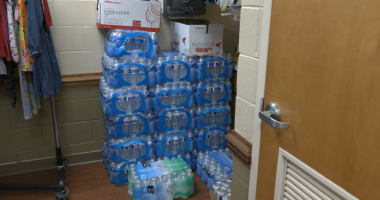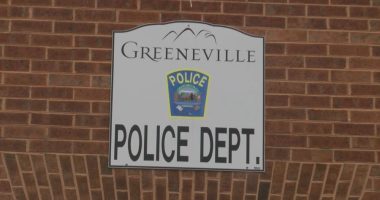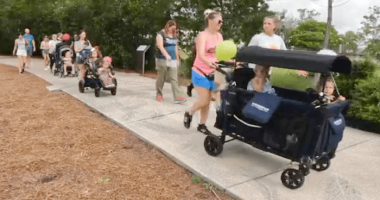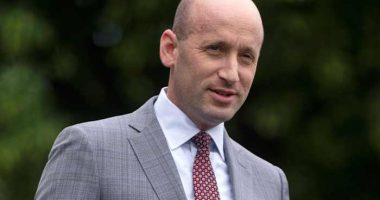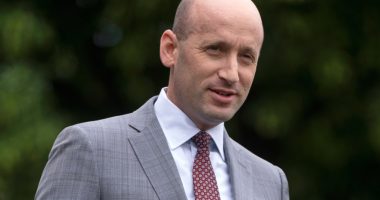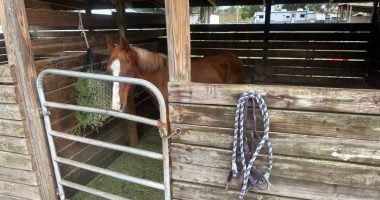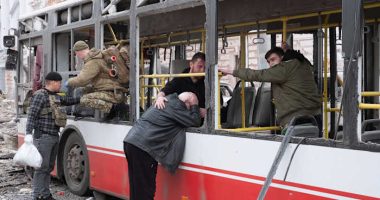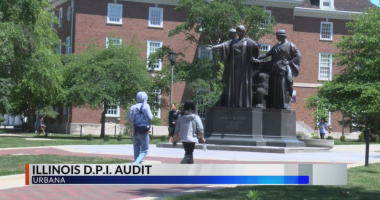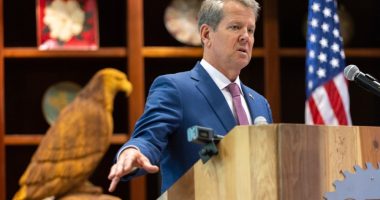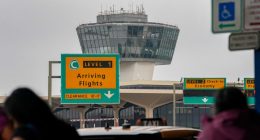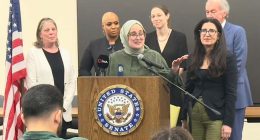Share this @internewscast.com
LAS VEGAS (KLAS) In a hidden Las Vegas facility, the world’s largest UFO data warehouse was compiled by a secret government program at least until the Pentagon pulled the plug. But what secrets did researchers discover beforehand, and why is the truth still shrouded in mystery?
In 1977’s “Close Encounters of the Third Kind,” fictional French scientist Claude Lacombe, portrayed by actor François Truffaut, led an international effort to study and eventually communicate with extraterrestrial visitors. That character was inspired by real-life investigator Jacques Vallée, a rock star in the world of UFO investigations. Vallée’s friendship with Las Vegas billionaire Robert Bigelow led to a collaboration on behalf of the Defense Intelligence Agency to form the largest acknowledged UFO study ever funded by the US government. It was called the Advanced Aerospace Weapon System Applications Program (AAWSAP).

AAWSAP
The program was kept entirely secret within a branch of Bigelow Aerospace, which aimed to create the ultimate UFO database, supervised by Vallée.
“We ended up with essentially a data warehouse with 260,000 filtered cases from all over the world, all in English,” Vallée said. The UFO cases, gathered from previous US government programs, foreign governments, and civilian collections, became the largest compilation known to exist.

Vallée, a pioneer in the field of artificial intelligence, had intended to install an AI element that would search for patterns in the data and eventually understand what it was seeing. However, AAWSAP, initially a five-year program, lasted only 27 months. Its black budget funding, championed by Sen. Harry Reid, was cut off once Pentagon officials opposed to UFO research discovered its existence.
Vallée mentioned that although he and everyone else working for AAWSAP received top-secret security clearances, there were internal information silos. This meant that not everyone involved in the program was permitted to see or discuss the information contained in each of the twelve main sections of the data warehouse. As a result, there was little to no communication between them.
Forbidden Science, Scattered Sastles
Vallée’s newest book, “Forbidden Science 6: Scattered Castles,” is a candid, personal journal about the years surrounding his participation in AAWSAP. In the book, he openly acknowledges what has long been suspected that the U.S. government and defense contractors have recovered and studied materials from crashed UFOs.

Bigelow spent nearly $1 million to retrofit his aerospace plant in anticipation of receiving and analyzing unusual materials that had been hidden for decades. Dr. James Lacatski, a Defense Intelligence Agency analyst who managed AAWSAP, publicly acknowledged that one intact craft had been recovered. David Grusch, a former intelligence officer, testified under oath to Congress that such recoveries had occurred. Bigelow had engaged in conversations with Lockheed about transferring some of the mysterious material to AAWSAP.
“I was part of those discussions, and I think they’re still… behind the veil,” Vallée said. “I could not be sure that I [could] give you a complete answer.”
Although he no longer has a security clearance, Vallée said he is cautious about crossing a line and discussing matters that remain highly classified. He and colleagues, including Dr. Garry Nolan of Stanford, have acquired their own bits and pieces from UFO incidents and crash sites and are subjecting those samples to rigorous testing using new technologies.
“This is the beginning of a whole other phase,” Vallée said.
Although the data warehouse created under AAWSAP has never been released to the public, it is in use by other government entities involved in UFO studies.
